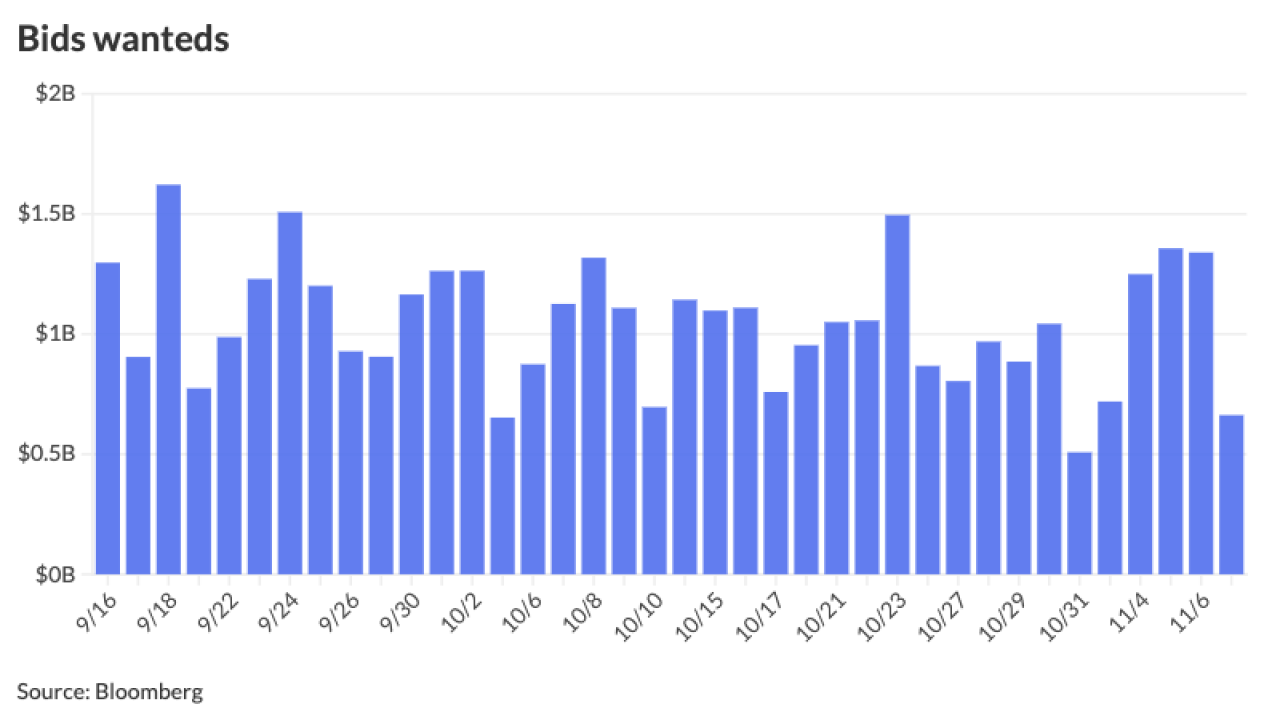WASHINGTON — December wholesale inventories increased by 1.1%, vs. a 0.1% rise expected by an MNI survey of analysts and the 0.4% Bloomberg consensus, while wholesale sales were down 1.0% in the month, data released by the U.S. Commerce Department on Monday showed.
Retail trade sales, that is those excluding food services sales, were already reported down 1.3% in December's retail sales release.

Advance retail inventories and factory inventories and shipments will all be released on Wednesday, allowing MNI to make a preliminary calculation of business inventories and sales at that point. The order of releases is a bit unusual this month as the Commerce Department is still catching up from the shutdown.
Given the decrease in sales and increase in inventories, the inventory to sales ratio rose in the month. Wholesale inventories and sales both rose year over year, but sales rose slower than inventories. Inventories were up 7.3% year/year, and sales were up 1.0% from December 2017. The ratio is up from the 1.25 ratio seen one year ago.
When excluding the 0.9% gain in auto inventories, inventories would have been up 1.1%, according to an MNI calculation. Excluding a 2.2% decrease in auto sales, sales would have been down 0.8%, also according to an MNI calculation.
The value of durable inventories rose by 1.5% in the month, led by increases in metals, furniture, and electrical. Nondurables inventories rose 0.3% in December on gains in apparel and chemicals, but were partially offset by a 4.8% drop in petroleum.
Durables goods sales were up 0.7% in the month, on gains in furniture and electrical. This was partially offset by decreases in autos, hardware, and lumber. Nondurable goods sales fell by 2.5% in December on declines in petroleum and chemicals.





